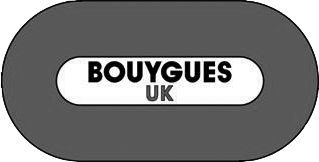4 Reasons to Use Helical Piles
February 25, 2018 2:15 pmIn the mid-1800s, helical piles were often used in England for moorings and as the foundations of lighthouse structures. In recent years, helical piles are becoming more and more popular around the world due to their many benefits. They are a lot more environmentally friendly than their alternatives and highly cost effective. Here are various situations in which you might choose helical piles as the most suitable deep foundation option:
- When Access is Limited
Helical piles are often the preferred option when the conditions are of restricted or tight access. They can be sized appropriately to the accessibility of the project and installed using equipment of varying styles and sizes, from mini-excavators to large track equipment.
- When Time is Limited
Unlike concrete, which takes a long time to cure, helical piles are very quick to install using a hand-held device. What’s more, helical piles are designed specifically to suit the relevant ground conditions. This makes them ideal for time sensitive projects and also saves on the cost of labour. If it is ever necessary to remove them, helical piles are just as easy to take out and can be recycled time and time again.
- When the Site is Environmentally Sensitive
On certain sites, such as wetland and boardwalk projects, it’s highly important that there is limited disturbance. That’s why helical piles are an appropriate option, because they are installed using smaller equipment and cause a limited amount of disruption and vibration.
- When the Soil is Contaminated
When you’re deciding on which building foundation is most suitable, one of the factors to consider is the soil condition. Where helical piles are concerned, the soil below typically remains in place. This means that if the soil is contaminated, no additional costs are necessary for treating spoils or disposing of them in designated landfills.
Categorised in: helical piles




















